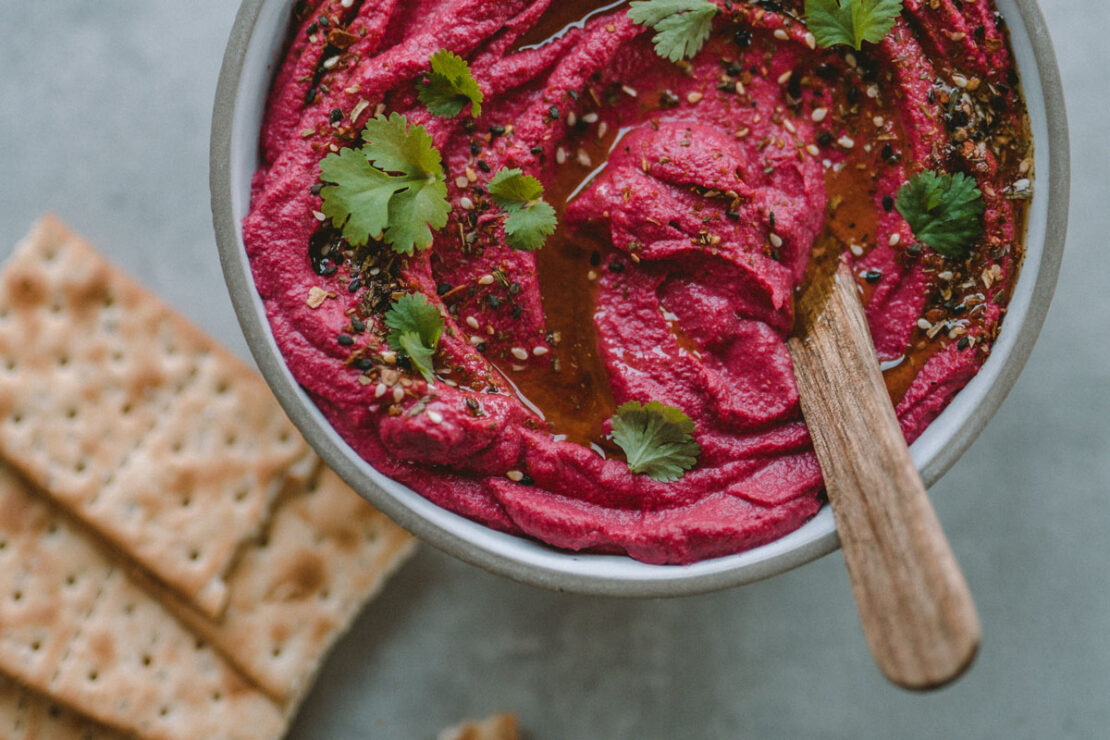
Winter Wellness: Fresh Horseradish Recipe & Benefits
The cold, dry winter weather is here and so is sinus congestion. Prevention is the best approach, but there is also much we can do once discomfort hits!
Luckily, there is one powerful root you can use to soothe sinus pressure and shorten the duration. Horseradish (Armoracia rusticana) is not only a delicious condiment for your savory meals, but also a wonderfully accessible herb for winter wellness. In this article, you will find a super easy fresh horseradish recipe and learn how it can support you in many different ways!
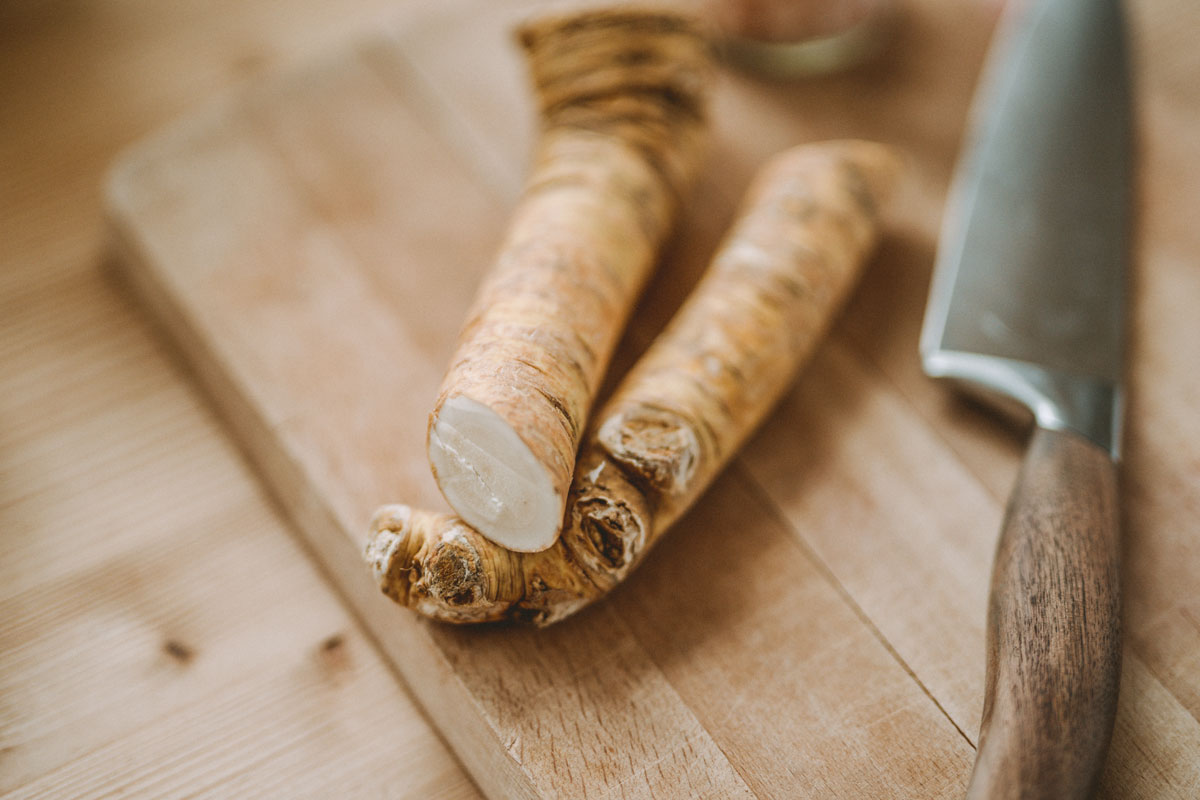
Traditional Uses & Benefits of Horseradish
The Origin of Horseradish
Horseradish (Armoracia rusticana) originated in the southern part of Russia and the eastern part of Ukraine (Tucker & DeBaggio, 2009). The common name “horseradish” may originate from a mistranslation of the German name meerrettich (“sea radish”), as the word meer (“sea”) was likely confused with the similar word mähre (“old horse”) (Courter & Rhodes, 1969).
The big roots and leaves have been cultivated for centuries because of their culinary and wellness benefits. Historically it was used for multiple purposes: as an aphrodisiac, for coughs and colds, and for various types of aches and pains (Wright, 2011).
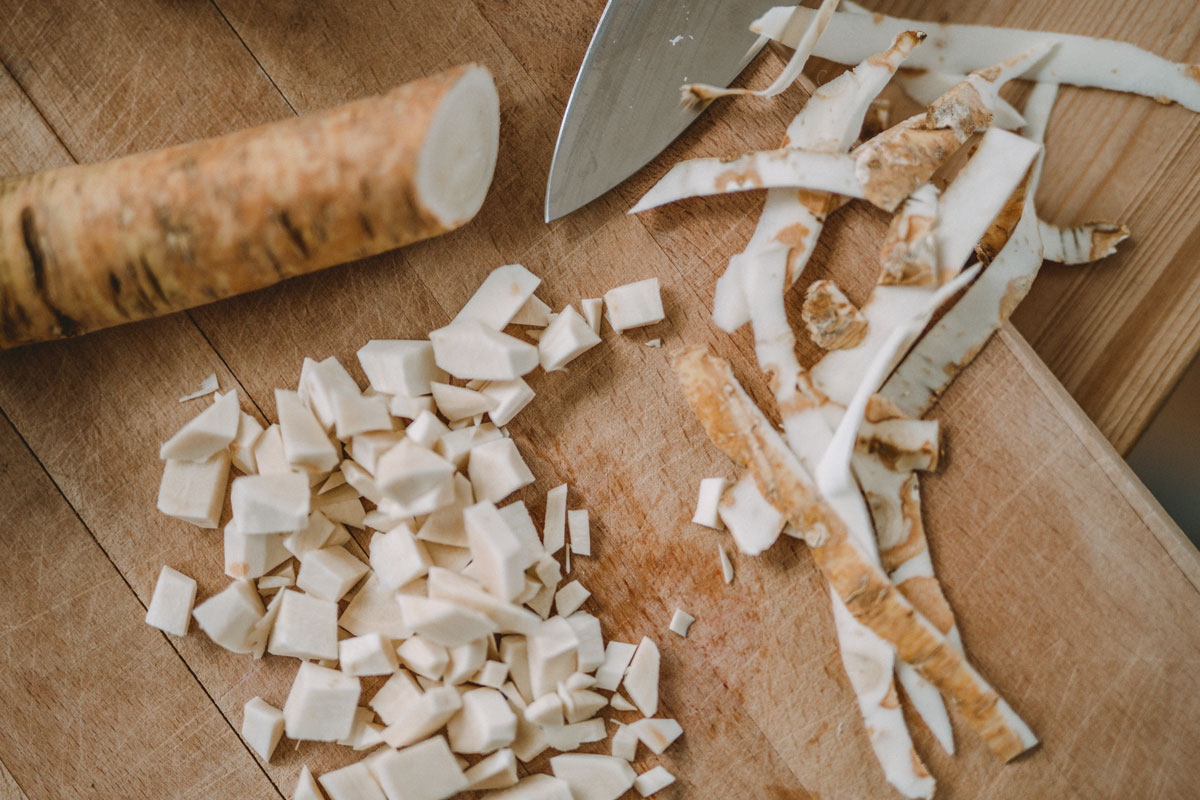
Powerful Ingredients that Make Your Eyes Water
Anyone who has cut or grated horseradish will be familiar with the powers it contains—your eyes start to water, your nose runs, and your cheeks may even flush. This reaction is caused by a group of compounds called isothiocyanate that give horseradish the acrid and pungent smell it’s famous for. The compounds are activated and released into the air when the root’s tissues are cut or crushed. Similar to onions, be prepared to cry and open your windows when working with horseradish!
Consume horseradish fresh to enjoy the maximum beneficial effects of the isothiocyanate compounds, which dissipate when dried or exposed to extended heat, such as boiling (Cook, 1869).
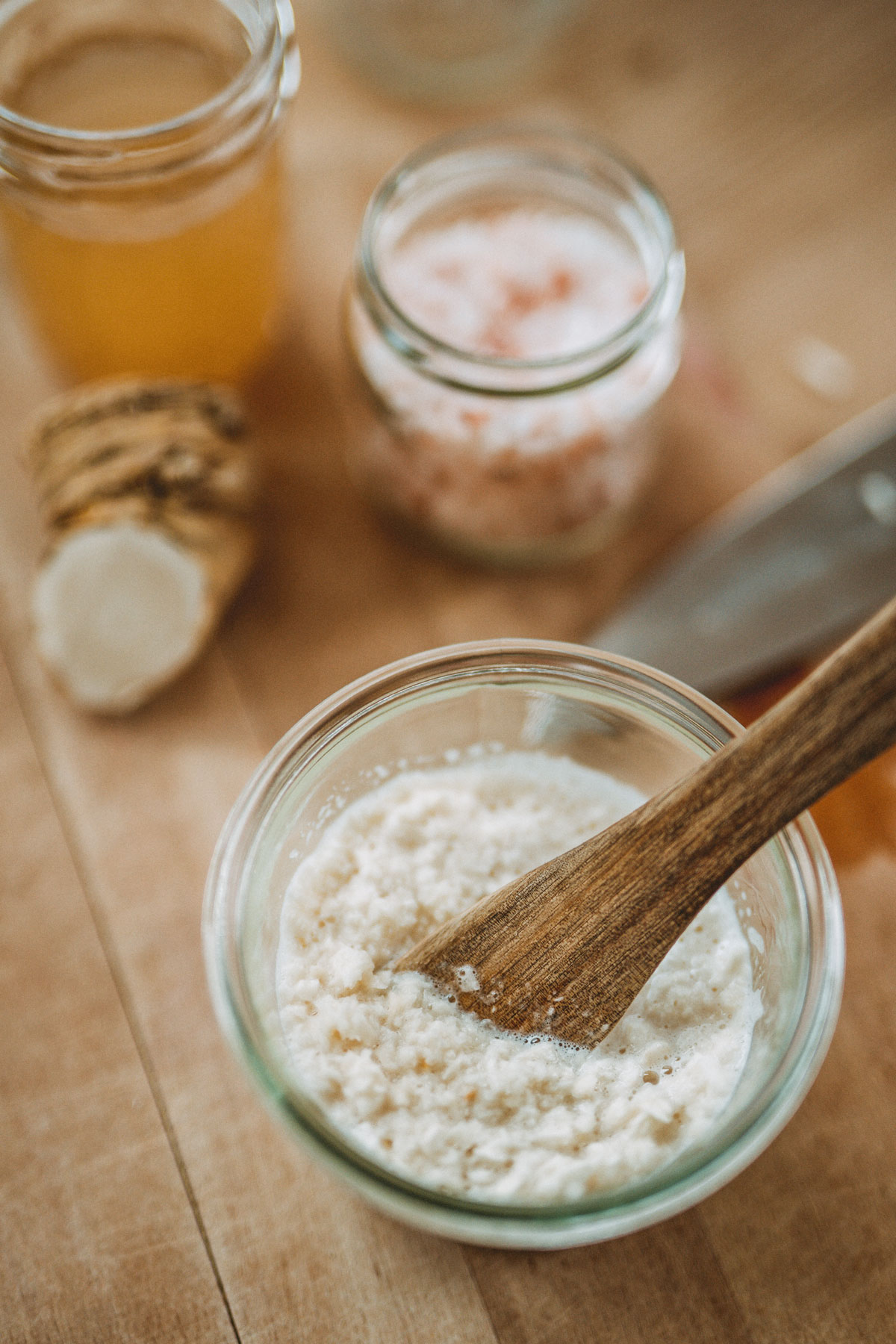
Digestive Support
Horseradish is a wonderful ally to stimulate digestion because it promotes the production of gastric secretions and can support the digestion of protein (Easley & Horne, 2016). Therefore, adding it to your appetizer or meals may be helpful for those with constipation due to sluggish digestion (Cook, 1869; Grieve, 1931).
Natural Antibiotic & Clearing your Sinuses
Horseradish belongs to the cruciferous vegetable family Brassicaceae, just like broccoli and cabbage. All of these contain glucosinolates. This is a group of beneficial secondary plant compounds, shown to have chemopreventive and anticancer effects in vitro and may also help keep harmful bacteria at bay (Stansbury, 2020).
Due to its antimicrobial and antibacterial actions, horseradish may be useful in fending off infections of the urinary and respiratory tract. Horseradish is known for its expectorant, diuretic, and sweat-promoting effects, all of which can help soothe symptoms related to a cold or flu (Chevallier, 2017).
Horseradish root is also used for its anticatarrhal activity, which helps to thin and drain mucus from the sinuses (McBride, 2010).
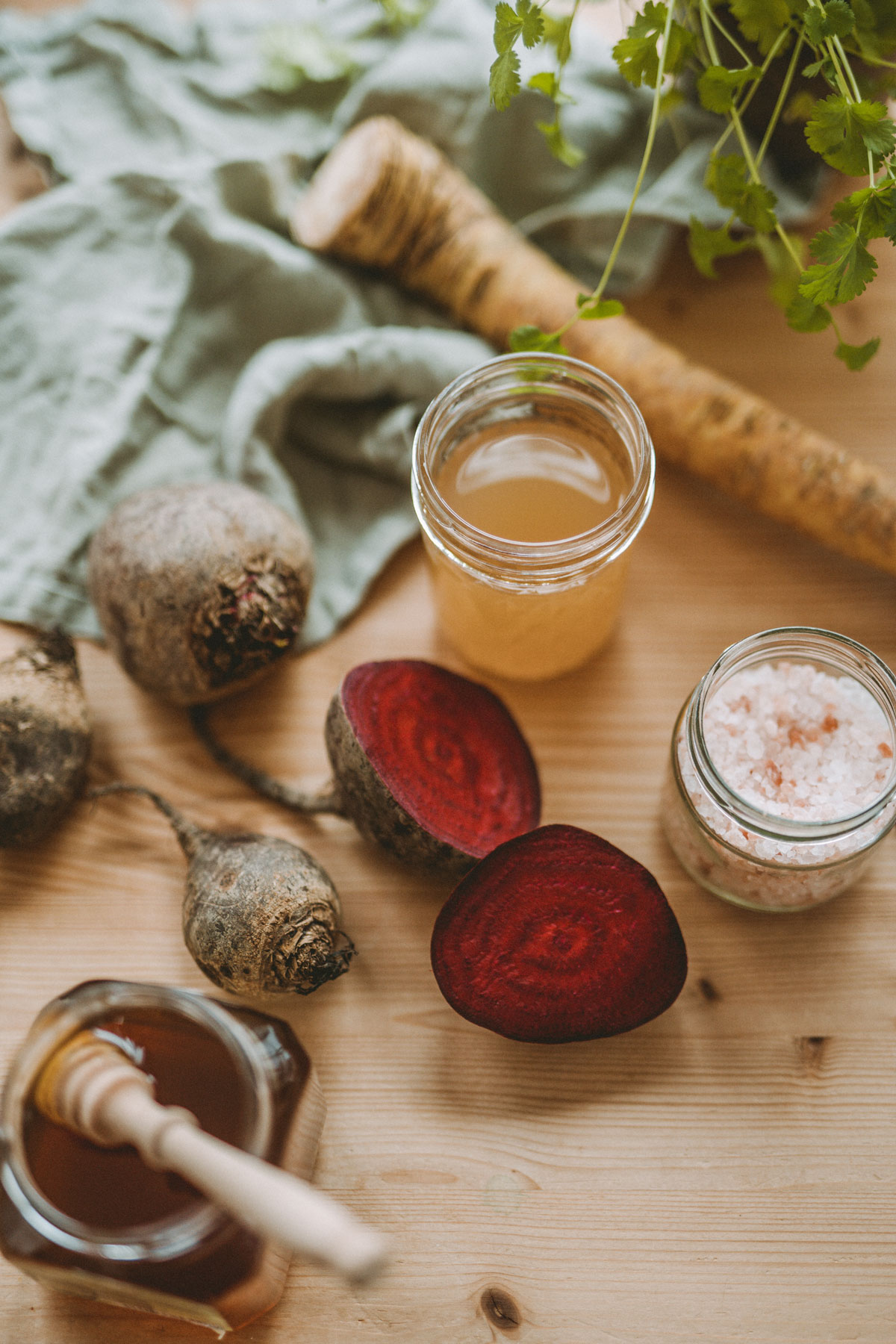
Nutrient Load
Nutritionally, horseradish contains noteworthy amounts of:
- Calcium
- Iron
- Magnesium
- Phosphorus
- Potassium
- Riboflavin
- Vitamins A and C
(McBride 2010; Pedersen, 2011)
Safety
Use your senses when using horseradish. To use it as an expectorant it should push comfort levels a little initially but it should not be used if it causes burning or discomfort in the stomach or GI tract. Excess intake can cause gastrointestinal upset or nausea (Easley & Horne, 2016). Avoid intake if one suffers from stomach ulcers, intestinal ulcers, stomach inflammation, or acid reflux (American Botanical Council, 1988; Brinker, 2010).
A few plants in this family, mustard, and horseradish, can cause blistering if used topically.
During pregnancy, avoid consumption of horseradish beyond light and limited culinary use (Willard, 1993). Some may choose to avoid horseradish in pregnancy altogether, and while nursing the spicy aspect may be passed in the breast milk and cause irritation, colic, or aversion to feeding by the baby, so it should be avoided then as well.
Also avoid significant amounts internally in children under the age of four, who will likely be averse to the intense spicy flavor and sensation (American Botanical Council, 1988; Brinker, 2010).
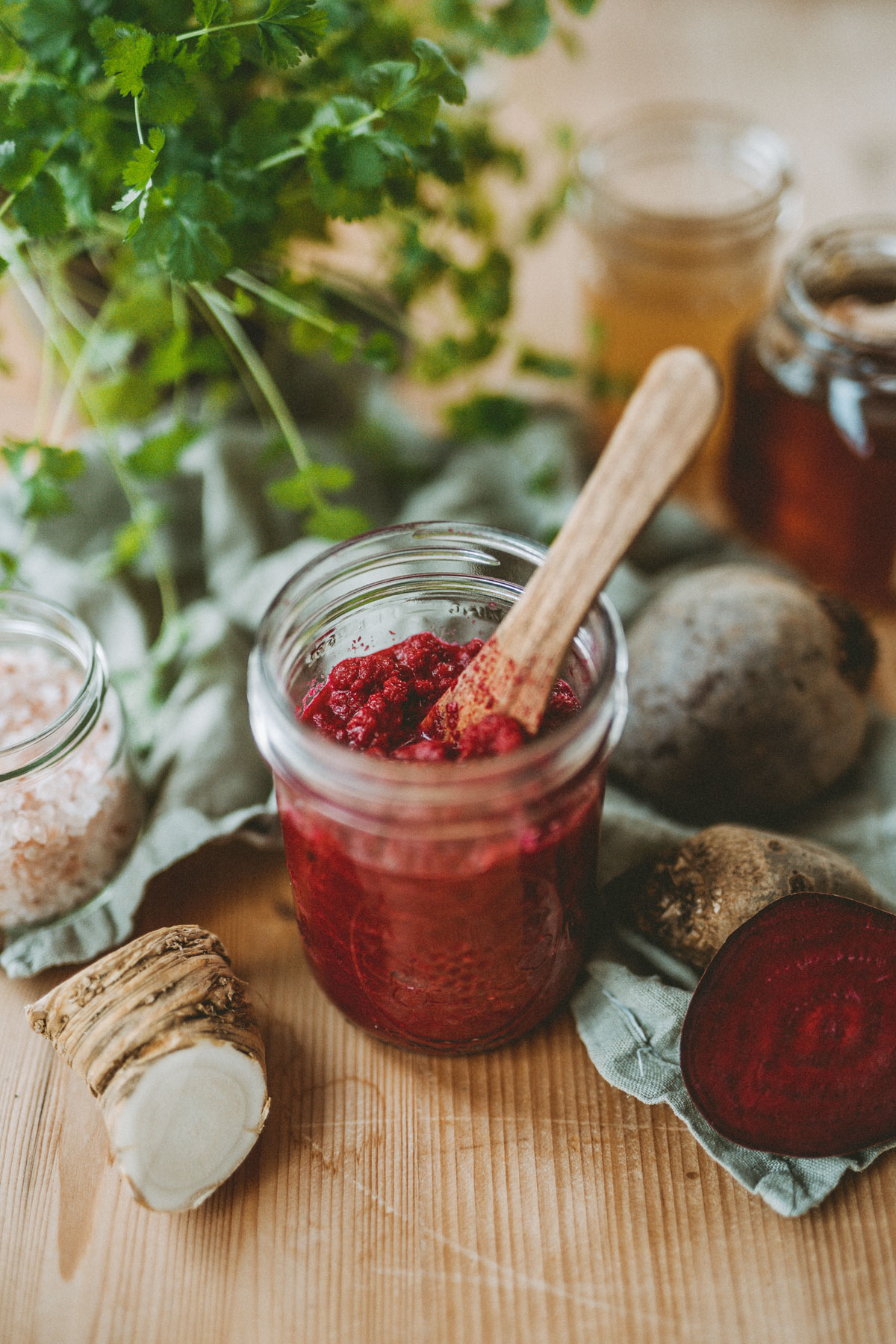
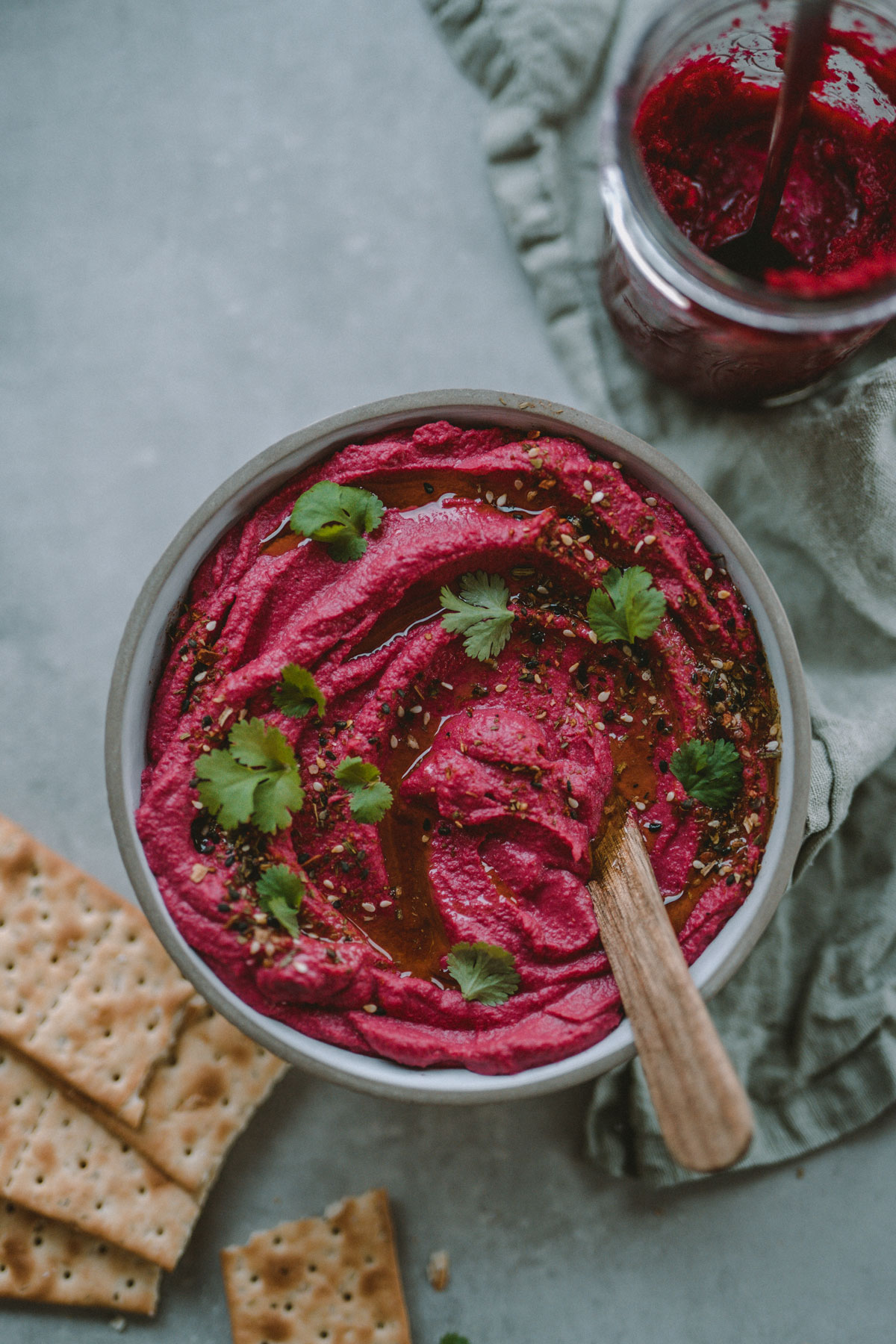
Fresh Horseradish-Beetroot Paste Recipe
This delicious, spicy, and easy-to-make paste provides botanical sinus support! Loaded with antioxidants, this fresh horseradish recipe helps support your natural immunity for the colder season.
To preserve the powerful compounds, horseradish is best used fresh and raw. Combined with water, vinegar, beet, honey, and some salt, it is the perfect base to spice up your dips, hummus, soups, dressings, stir-fries, and more!
1 cup fresh horseradish (Armoracia rusticana) root, peeled and diced
½ cup fresh or cooked beetroot, peeled and diced
4 tablespoons apple cider vinegar
½ cup water
1 tablespoon honey
½ teaspoon salt
- Add the water, horseradish and beetroot to your food processor or blender and puree.
- Add the rest of the ingredients and pulse several times, scraping down the sides, if needed. Process for about 30 seconds, or until you get a smooth, spreadable consistency.
* Store the horseradish paste in a tightly sealed container in the fridge for up to 1 month.
To Use: A super delicious way to use this vibrant paste is by making a horseradish-beet hummus. Simply add a few tablespoons of the paste to your favorite homemade plain hummus recipe and enjoy with some crackers on the side!
Breathe Freely Throughout Winter
Winter is the perfect time to follow a fresh horseradish recipe for delicious herbal self-care that is neither expensive nor time-consuming!
Check out your local farmers market, or produce aisle for the fresh and spicy roots or even try to forage your own! Learn more about harvesting and processing fresh horseradish root, and more uses here!
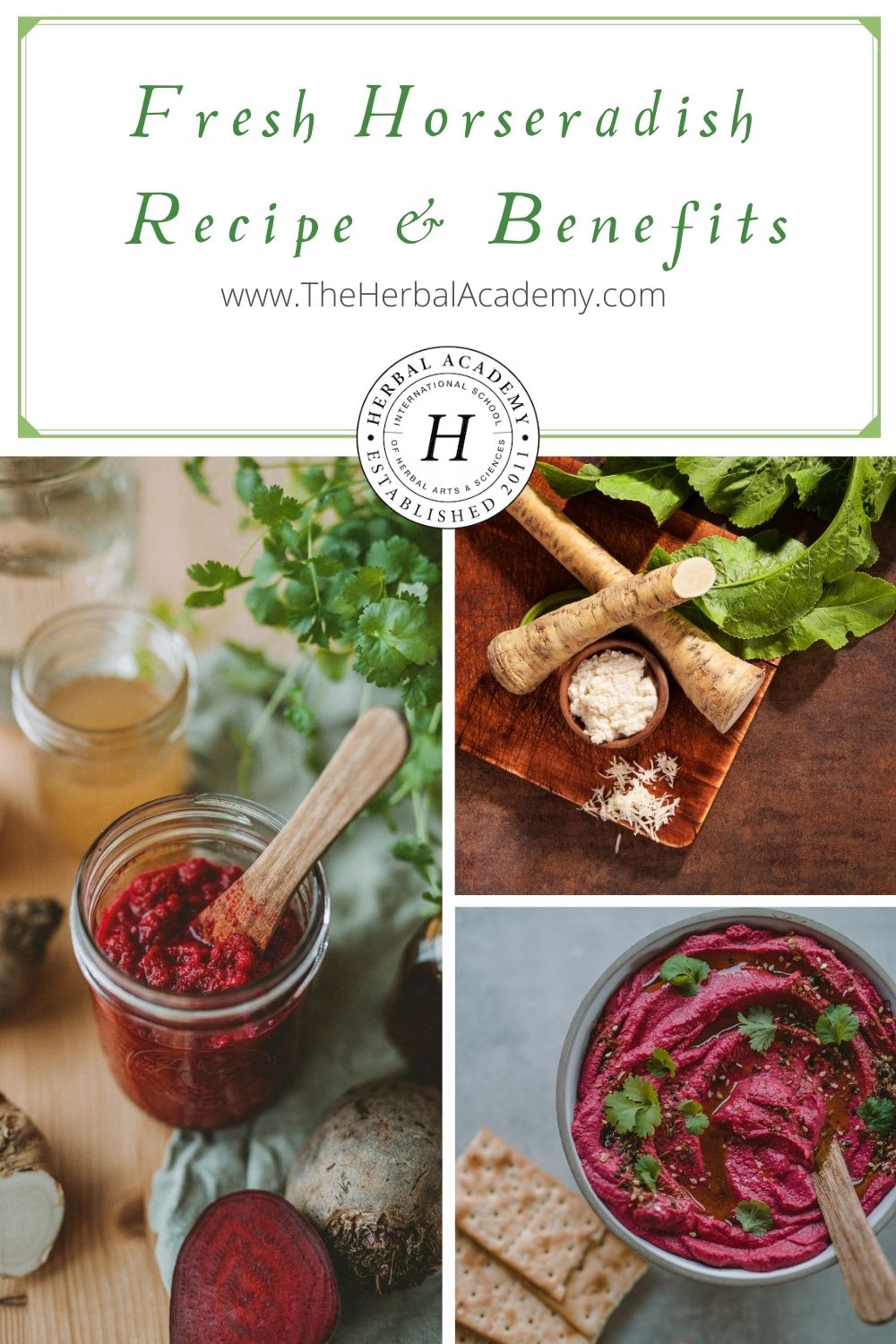
REFERENCES
American Botanical Council. (1988). The Commission E monographs: Horseradish. Retrieved from http://cms.herbalgram.org/commissione/Monographs/Monograph0206.html
Chevallier, A. (2017). Encyclopedia of herbal medicine. London, England: Dorling Kindersley.
Cook, W.H. (1869). The physio-medical dispensatory. Cincinnati, OH: Wm. H. Cook. Retrieved from http://medherb.com/cook/cook.pdf
Courter, J.W., & Rhodes, A. (1969). Historical notes on horseradish. Economic Botany, 23(2), 156-164. https://doi.org/10.1007/BF02860621
Easley, T., & Horne, S. (2016). The modern herbal dispensatory: A medicine making guide. Berkeley, CA: North Atlantic Books.
Grieve, M. (1931). A modern herbal (Vol. 1). New York, NY: Dover Publications.
McBride, K. (2010). The herbal kitchen. San Francisco, CA: Conari Press.
Pedersen, Mark. (2011). Nutritional herbology. Warsaw, IN: Whitman Publications.
Stansbury, J. (2020). Herbal formularies for health professionals, volume 4: Neurology, psychiatry, and pain management. White River Junction, VT: Chelsea Green Publishing.
Tucker, A.O., & DeBaggio, T. (2009). The encyclopedia of herbs: a comprehensive reference to herbs of flavor and fragrance. Portland, Oregon: Timber Press.
Willard, T. (1993). Textbook of modern herbology (2nd ed.). Calgary, Canada: Wild Rose College of Natural Healing.
Wright, J. Herb Society of America. (2011). Essential guide to horseradish. Kirtland, Ohio. www.herbsociety.org.








